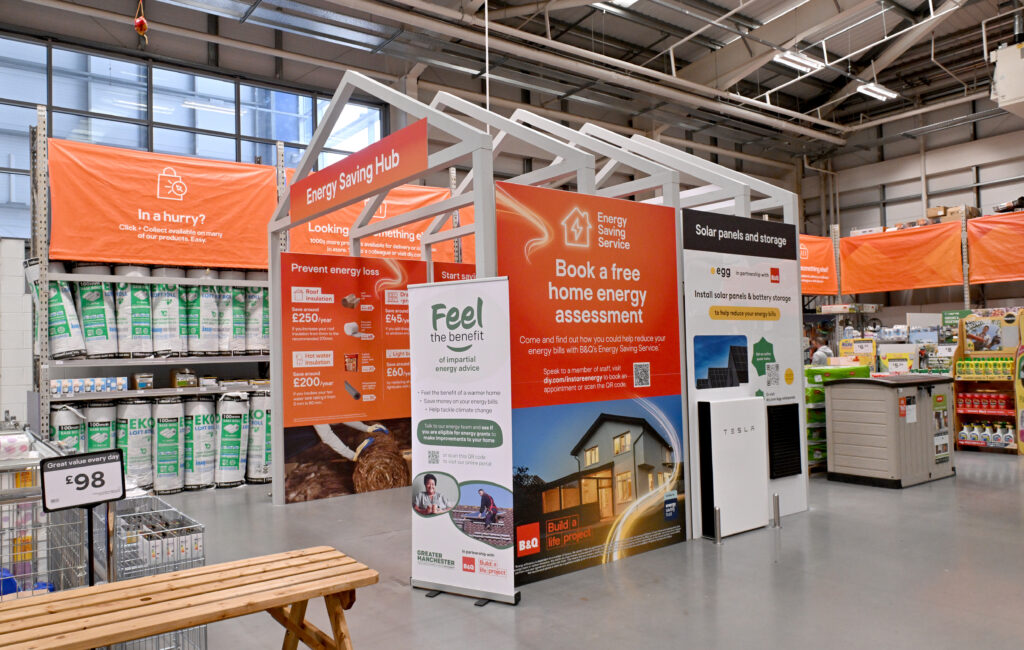By definition, indirect carbon emissions are outside of a company‘s direct control, so reducing them can be challenging. According to research by Carbon Trust Advisory, 60 per cent of multinational companies have yet to look at this area and when they do the key question they ask is where to begin?
1) Agree outcomes and objectives
Like many projects, the key is defining what you want to achieve. Is customer perception of your sustainability efforts a priority? Are you more concerned about removing waste in your value chain? Or do you want to redesign products and processes to be low(er) carbon? You will need to vary your approach depending on your particular objectives.
Often a good starting point is a heatmap approach to highlight the significant carbon areas impacting a company‘s supply chain and its downstream emissions. It allows companies to prioritise resources on to more detailed objectives where returns can most easily be found.
2) Model, measure and baseline your impact and build the business case for change
Once you have a clear view on what you want to achieve it is much easier to work out the most cost effective way to address it. Companies need to set the boundaries for their analysis – whether to focus on key products, product groups, or a corporate wide view. They then need to create a “current state” model, which is the baseline to which newly developed insights can be compared.
To meet these varied business objectives Carbon Trust Advisory has deployed many forms of value chain footprinting, providing companies with models to the level of detail, accuracy and specificity needed to answer particular needs. These can be presented as parametric models allowing departments to rapidly see the impact of changing factors within their control, or decision support tools to bring the power of these tools into everyday business use.
It is vital that businesses have a means of gathering and processing data at the right level of granularity along the value chain.
3) Engage stakeholders to deliver the optimal balance along the value chain
Reducing indirect emissions is a continual process and making changes in one aspect of business operations can have far reaching implications in another area.
While many companies have optimised their own operations very well, at a holistic level these separate activities do not always make for a completely optimised value chain.
For large organisations, this disconnect may even exist between departments: for example the packaging department implement a “lower carbon” packaging solution which reduces the emissions embodied in the packaging materials they buy, but the potential combination of increased incoming transport emissions and increased waste due to damage may actually outweigh these benefits, driving up total emissions. This is where the opportunities lie for many companies – removing unintended consequences.
By working together with colleagues, suppliers and partners, engaging with customers, and leveraging the power of using footprinting models, businesses can collaborate and find future state models which lower footprints, reducing environmental impact, and bring benefits to all. We have helped organisations deliver this synergistic approach, for example BT which has developed guidelines, training and policies to help its suppliers work towards the same goals on carbon.
4) Consider achieving independent certification
If public recognition of environmental achievements is important, then a recognised independent benchmark will serve as tangible proof that your organisation has delivered on its carbon commitments. Carbon Trust is the first organisation to offer a service certifying to the World Resources Institute (WRI) and the World Business Council for
RELATED STORIES

















